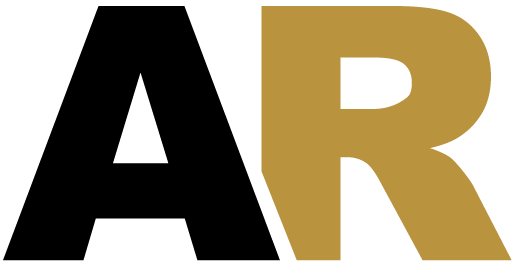For a few years now, companies have been finding it increasingly difficult to hire and retain quality employees. This problem affects all companies, regardless of industry or trade. Some commercial companies would use the possibility of working a prevailing wage project as a dangling carrot to attract employees to come work for them. In January 2017, however, the state of Kentucky voted to repeal its state prevailing wage law, catching many business owners by surprise. In its wake, companies throughout the region who historically worked a high percentage of prevailing wage had to determine how the repeal affected their business.
State Prevailing Wage law repealed
Company owners were concerned about how business would change; employees were even more concerned about how the repeal would impact them. For most hourly employees, a decrease in prevailing wage opportunities meant a reduction in gross wages, take home pay, and a general fear that benefits package offerings (health insurance, retirement plan, paid time off, etc.) would be cut. Employees with health insurance on themselves and their families were particularly anxious. Some employees based their standard of living on working state prevailing wage projects. These worries will give rise to union discussion, and longtime employees looking for more stable options.
For some companies, the law repeal and subsequent business environment change was seen as a threat. Companies used the required fringe component of the prevailing wage to help pay for employee benefits, to include health insurance, holiday and vacation pay, and retirement plan contributions. Without the prevailing wage fringe requirement, some companies looked to cut overhead costs, and were apprehensive about their ability to keep their current workforce.
Other companies saw the same law repeal and subsequent business environment change as an opportunity. They saw the repeal as an open market of sorts to attract and retain the best and brightest employees. They knew workers were looking for stability, that the prevailing wage job hopping once common in certain trades would decrease, and that workers will be looking, more than ever, for the best place to work. Some of these companies used their Company Fringe Program as a means to help them attract these top foremen, superintendents, operators, and craftsmen.
Hourly Fringe Program
Knowing the concerns of the employee allows companies to address these issues early and proactively. Fringe benefits, when made part of the overall compensation discussion, allow companies to demonstrate to current and prospective employees why what they offer is superior to another company. Companies can do this by instituting an hourly fringe program, making a fringe benefit something that is earned by doing instead of awarded by being. By paying or accruing fringes by the hour, fringes are earned in the same way wages are earned. An hourly fringe program mimics prevailing wage: fringe is earned by the hour.
For instance, health insurance is offered by companies (who choose to offer it) typically after a certain period of time. To use a Company Fringe Program as a recruiting and retention tool, allow an employee to earn insurance benefits to pay for health insurance premiums on dependents so payroll deductions may be reduced.
For companies with employees accustomed to sizable 401(k) retirement plan contributions due to prevailing wage fringe obligations, employees have concerns about their own future retirement. To use a Company Fringe Program as a recruiting and retention tool, allow an employee to earn 401(k) profit sharing contributions, even without prevailing wage. For instance, a retirement plan can be structured so that an employee could earn an extra $4 per hour to his retirement plan, while another employee could earn an extra $1 per hour. Yes, this is a legal, legitimate option, and highlights the importance of proper 401(k) plan design. Structure the company’s retirement plan to reward those who deserve it, without having to make a contribution for everyone.
An hourly fringe program allows companies to structure a benefits package to incentivize and reward the employees the company wants to attract and retain. Through clear communication and tangible documentation, employees can see and understand the benefits offered and how additional benefits can be earned. Take care of the good employees, so that when outside voices attempt to lure them away, the employee knows which company is the best place for them.




